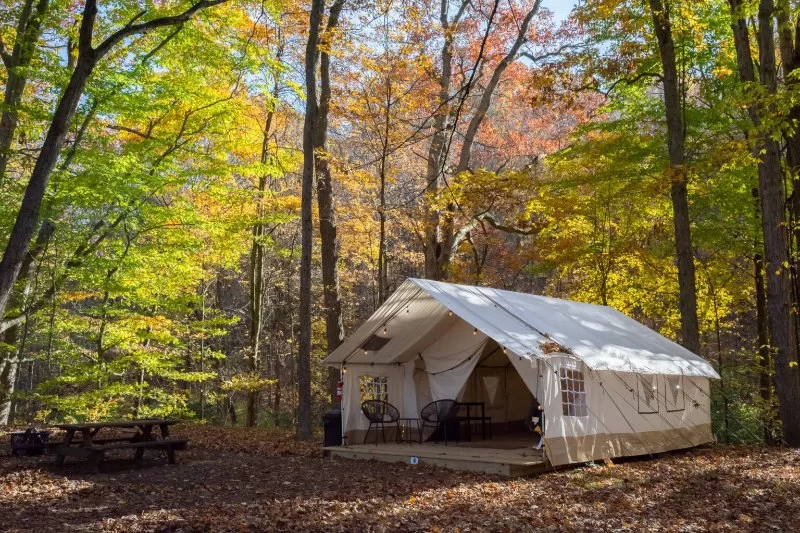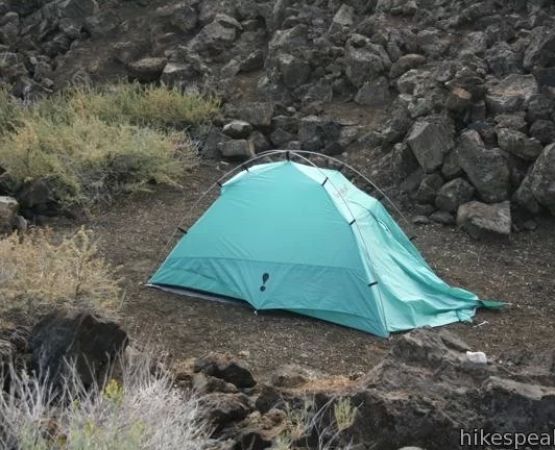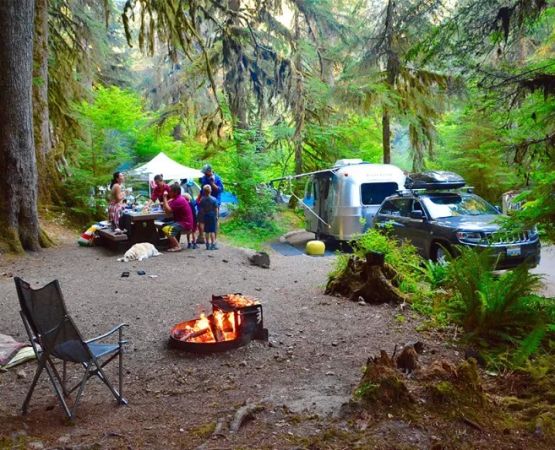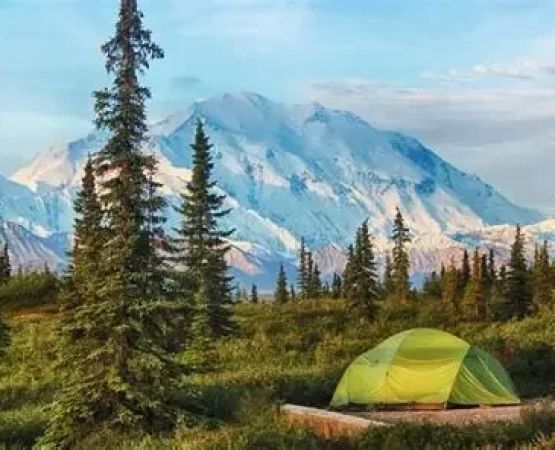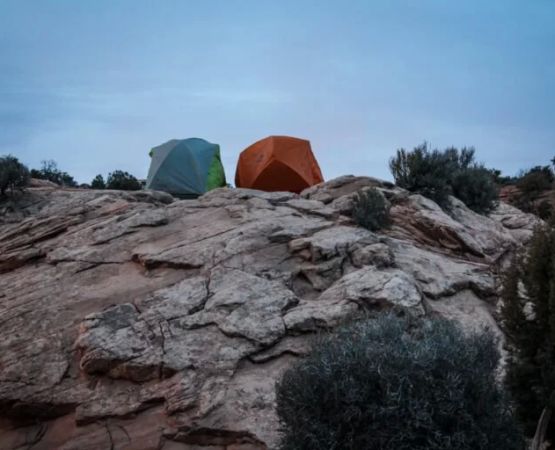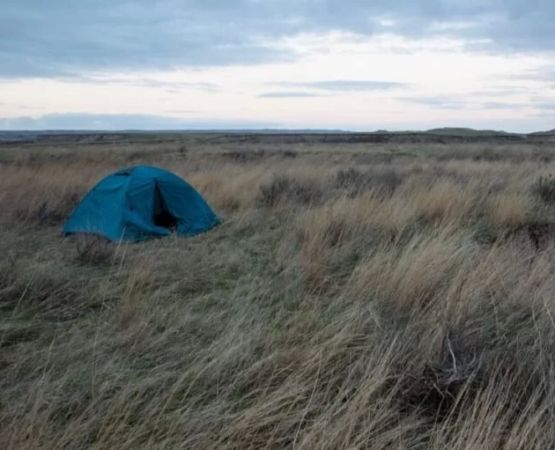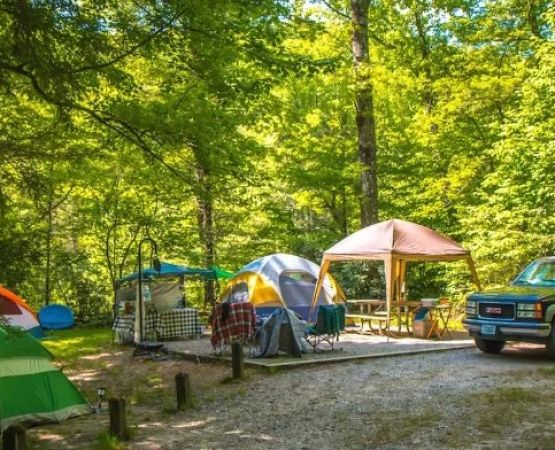- understanding-terrace-valley-terrain - Understanding Terrace Valley Terrain
- preparing-for-your-trip - Preparing for Your Trip
- choosing-the-right-campsite - Choosing the Right Campsite
- essential-gear-and-equipment - Essential Gear and Equipment
- weather-considerations - Weather Considerations
- staying-safe-and-sustainable - Staying Safe and Sustainable
- real-camping-stories - Real Camping Stories from Terrace Valleys
- expert-insights-from-pine-cliff-resort - Expert Insights from Pine Cliff Resort
1. Understanding Terrace Valley Terrain
Terrace valley terrains are among the most beautiful and challenging landscapes for campers. Picture layered hills cascading down into green basins, with streams carving through the valleys and mist lingering over the morning sun. These natural terraces offer both serenity and complexity—making them ideal for adventurous campers who appreciate scenic variety but also demand preparation.
1.1 Terrain features that define the experience
Unlike flat plains, terrace valleys involve multiple elevation levels. The layered nature of the terrain affects drainage, temperature, and accessibility. The higher terraces tend to be drier and windier, while the lower ones can be cooler and prone to dew or fog accumulation. Understanding this variation helps you choose your camping spot wisely and prepare for changing microclimates throughout the day.
1.2 Benefits of camping in valleys
Camping in terrace valleys allows for stunning views, natural windbreaks, and easy access to freshwater sources like creeks and small rivers. The terrain also encourages exploration, with short hikes leading to panoramic vantage points perfect for photography or quiet reflection.
2. Preparing for Your Trip
Preparation is key when it comes to camping in terrace valley terrains. Whether you’re planning a weekend getaway or a multi-day expedition, research the area’s topography, climate, and regulations before heading out. National parks and local camping grounds often provide maps and trail data that can save you from unpleasant surprises.
2.1 Building your itinerary
Choose routes that match your experience level and physical ability. Terrace valleys can feature steep climbs and uneven footing, so allow for extra time between elevation changes. Always include rest points and identify emergency shelters or nearby ranger stations along your route.
2.2 Permits and park regulations
Many protected terrace valleys require camping permits or limit the number of campers to preserve the environment. Secure your permits early and read local fire restrictions carefully, especially during dry seasons.
3. Choosing the Right Campsite
Location is everything in terrace valley camping. A poor campsite choice can turn a peaceful night into a battle with wind, moisture, or insects. When selecting a site, aim for slightly elevated ground with natural drainage, avoiding both valley bottoms (which can flood) and exposed ridges (which catch the wind).
3.1 Positioning for safety and comfort
Set up your tent perpendicular to slopes to prevent rolling and ensure stability. Look for natural barriers like boulders or tree clusters to block wind. Always clear debris, rocks, and sharp sticks before pitching your tent to avoid damaging your gear or losing sleep to discomfort.
3.2 The importance of distance from water sources
While camping near streams is convenient, stay at least 200 feet away from any waterway to prevent contamination and minimize insect activity. This also protects delicate riparian ecosystems, keeping your camping footprint sustainable.
4. Essential Gear and Equipment
Camping in terrace valleys requires slightly different gear than traditional flatland setups. Versatility, waterproofing, and weight distribution are your priorities here.
4.1 Must-have items
1. Lightweight, weatherproof tent with strong stakes for uneven terrain.
2. Insulated sleeping pad to handle cooler valley air.
3. Trekking poles for balance during steep ascents and descents.
4. Multi-fuel camping stove for cooking when open fires are restricted.
5. Compact first-aid kit with altitude and insect repellents.
6. Durable, waterproof backpack with adjustable weight straps.
4.2 Clothing and layering strategy
Layering is crucial: start with moisture-wicking base layers, add insulation (like fleece), and finish with a waterproof outer shell. The valley climate can change dramatically between sunrise and dusk, so prepare for both warmth and sudden rain.
5. Weather Considerations
Terrace valleys have unique weather dynamics due to their elevation variations. Mornings may bring fog, afternoons intense sun, and evenings chilling wind. Before your trip, check the area’s weather forecast and satellite maps for temperature trends and precipitation levels.
5.1 Coping with sudden weather shifts
Always keep a tarp or emergency shelter handy. Sudden storms can sweep across the terrain, especially in late summer. Setting up near natural ridgelines or rock faces can provide extra protection from wind and rain.
5.2 Managing condensation and moisture
Valleys tend to collect humidity. To avoid condensation inside your tent, keep ventilation flaps open and use a footprint under your tent to separate it from damp soil.
6. Staying Safe and Sustainable
Respect for nature is fundamental to every camping trip, but terrace valley terrains demand extra care. The fragile ecosystems and layered soil structures can erode easily under pressure.
6.1 Leave No Trace principles
Pack out everything you bring, including biodegradable waste. Stick to established trails and avoid creating shortcuts down slopes that can damage root systems and accelerate erosion.
6.2 Fire and wildlife awareness
Use portable stoves instead of open fires whenever possible. Store food securely to avoid attracting animals, and never feed wildlife — even small gestures can disrupt their natural behavior and diet.
7. Real Camping Stories from Terrace Valleys
Two experienced hikers, Jenna and Marcus, once shared how their trip through Montana’s terrace valleys became a turning point in their outdoor journey. They arrived expecting a simple hike but found themselves navigating fog-laden terraces and discovering hidden waterfalls deep in the lower basins. Their story reminds us that terrace valley terrains can surprise even seasoned campers — in the best ways possible.
7.1 Lessons from their adventure
Preparation, adaptability, and respect for nature were key. Their lightweight gear and flexible itinerary allowed them to handle unexpected weather and terrain changes gracefully. Their trip inspired them to revisit the same valley a year later — this time with more friends and even greater appreciation for the land.
8. Expert Insights from Pine Cliff Resort
At Pine Cliff Resort, we believe terrace valley terrains represent the perfect balance between challenge and tranquility. With the right mindset, planning, and gear, campers can turn a rugged landscape into an unforgettable outdoor retreat. Whether you’re seeking solitude, photography opportunities, or family adventure, our team can guide you toward the best destinations and provide personalized advice on equipment and safety for your trip.
8.1 Final thoughts from the experts
Camping in terrace valley terrains isn’t about pushing limits — it’s about connecting deeply with nature. Take time to breathe in the cool valley air, listen to running streams, and appreciate how each terrace level tells its own story. For those ready to experience the wild beauty of these landscapes, Pine Cliff Resort offers insights, gear recommendations, and expert-led trips that make your journey safer and more meaningful.

